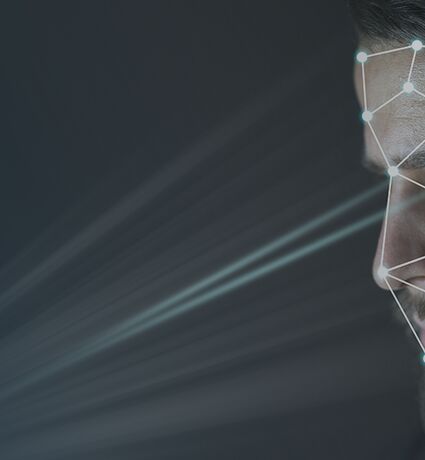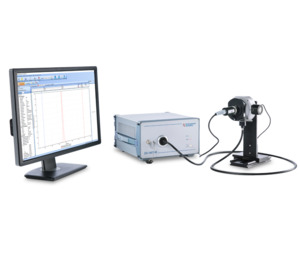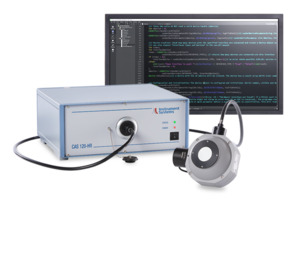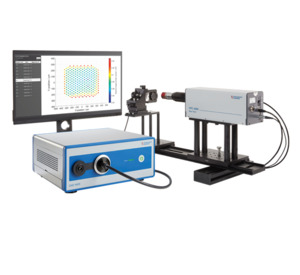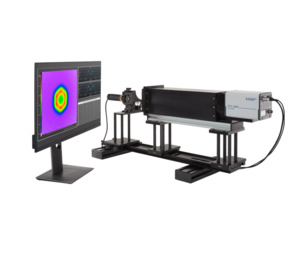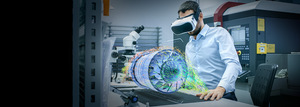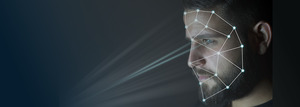VCSEL as technology drivers
3D sensor technology has also developed into a real “game changer” for smart products on the basis of VCSELs (vertical-cavity surface-emitting lasers) as an efficient light source. The sensors simulate human vision and enable the automation of measurement systems in the laboratory, industry and environment.
VCSEL-based sensor technology supports applications such as artificial intelligence (AI), Internet-of-things (IoT) or AR/VR technologies and simplifies their integration into our everyday chores.
Typical examples are:
- Facial recognition for unlocking smartphones (FaceID) or contactless payments (banking)
- Gesture recognition for game consoles, TVs or smart TVs (consumer electronics)
- Object recognition for human-machine-interfaces (AR/VR) or in automotive technology (automotive LiDAR)
The challenge: Defined error budget and traceability for spectral measurement
Measuring systems for VCSEL characterization must meet very special requirements:
- High spectral resolution
- High throughput rates in production
- Spectral power measurement of pulsed laser diodes
- 2D near-field analysis of VCSEL arrays with single emitter analysis
- 2D far-field analysis of complete VCSEL arrays, also under the influence of light-diffractive optical elements
- Correction of polarization dependent single emitter power
Special requirements for the measurement of VCSEL pulses:
- Very short pulse durations (≥ 1 ns) at high currents
- High sampling rates of several gigahertz
- Fast processing of large volumes of data for the detection of pulse trains
Diversity of the characterization of VCSEL arrays
A wide variety of measurement tasks are required for a comprehensive characterization of VCSEL arrays.
Our solution:
IR camera VTC and high-resolution spectroradiometer
The CAS 140D-HR and CAS 120-HR high-resolution array spectroradiometer from Instrument Systems are at the heart of all our systems for VCSEL measurement. They permit an outstanding spectral resolution of up to 0.12 nm, and short integration times make them ideal not only in the lab, but also for extremely high throughput in production.
For a 2D analysis of VCSEL arrays in the near- and far-field, Instrument Systems offers the specially developed VTC IR camera. Besides defects, it also analyzes the position, power and radiation information of single emitters. In combination with one of our high-resolution CAS spectroradiometers, the camera can be used for measuring single emitter wavelengths. When supplemented by a transmission screen, it creates a production-ready system for measuring the radiation behavior of emitters in the far-field. One of our far-field goniometers, such as the LGS 350 can be used for laboratory analysis. Because Instrument Systems determines radiant flux with integrating spheres and calibrated spectroradiometers traceable to PTB or NIST, flat-field calibration is sufficient for the VTC camera itself for achieving the highest measurement precision.
Calibrated, high-precision test systems from Instrument Systems have a minimum absolute error budget. This enables full exploitation of the performance efficiency of the VCSELs while ensuring safe operation.
We look forward to meeting your challenge – Please contact us!
